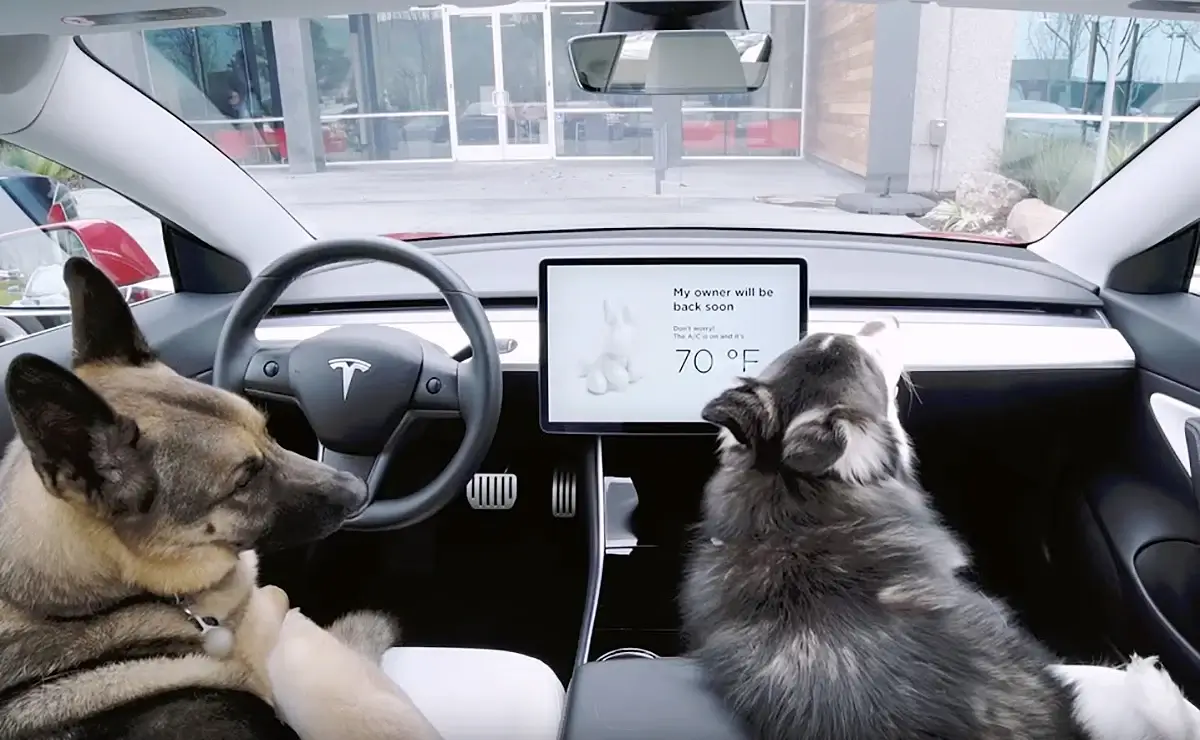TYPES OF FUEL INJECTION SYSTEM
Our automobiles’ combustion engines would not work without gasoline. The fuel injection systems provide this vital fuel into the combustion chambers. The kind of fuel injection system in your car’s engine has a significant impact on many aspects of its performance, including mileage, ride quality, engine life, and so on. A fuel injection system is a mechatronic circuit that combines mechanical and electrical circuits to feed the engine with an ideal volume of gasoline.
Gasoline injection is the process of injecting fuel into an internal combustion engine, most often an automobile engine. Fuel injection in reciprocating piston and Wankel rotary engines is the subject of this essay.
Because the fuel injection system is such an important component, engineers all around the world have worked to improve it to the most efficient and effective form possible. While there are several varieties of fuel injection systems available today, the general classification boils them down to four primary categories: single-point fuel injection, multi-point fuel injection, sequential fuel injection, and direct fuel injection. Let’s go over these categories one by one and learn about their functions.
A single-point injection system employs a single fuel injector for all cylinders in the engine’s combustion chamber. This is the earliest and most basic type of fuel injection system. Single-point injection replaces the carburetor with one or two fuel injector nozzles in the throttle body, thus the name Throttle body injection (TBI).
The fuel is sprayed into all cylinders at the same time, but unlike the carburetor jet, it comes from an injector and can be monitored by an electronic control unit (ECU).
Important factors
Under all engine operating circumstances, a perfect fuel injection system can accurately provide the proper amount of gasoline. This usually entails precise air-fuel ratio (lambda) control, which enables, for example, easy engine operation even at low engine temperatures (such as a cold start), good adaptation to a wide range of altitudes and ambient temperatures, precisely regulated engine speeds (including at idle and redline), good fuel efficiency, and the lowest possible exhaust emissions (which allows emissions control devices, such as a three-way catalytic converter, to function properly).
In actuality, there is no such thing as a perfect fuel injection system; instead, there are many diverse fuel injection systems, each with its own set of pros and limitations. The common-rail direct injection system, which is utilized in many passenger automobiles as of 2020, has rendered most of these systems obsolete. Common-rail injection enables for direct injection of gasoline and is much better for the direct injection of diesel. However, because the common-rail injection is a complicated system, a multi-point manifold injection system is employed instead in some passenger automobiles that do not utilize diesel engines.
Components of the system
At least one fuel injector (also known as an injection valve), a device that provides appropriate injection pressure, and a device that meters the right quantity of fuel are present in all fuel injection systems. These three fundamental components can be independent devices (one or more fuel injectors, a fuel distributor, and a fuel pump), partially combined devices (an injection valve and an injection pump), or totally integrated devices (one or more fuel injectors, a fuel distributor, and a fuel pump) (a unit injector).
Except for air-blast injection, early mechanical injection systems usually employed needle-like nozzle injection valves in conjunction with one or more rather complicated helix-controlled injection pumps that both metered fuel and provided injection pressure. They worked effectively in intermittent multi-point injection systems, as well as traditional direct injection and chamber injection systems.
Manufacturers of injection systems have been able to increase the precision of the fuel metering device thanks to advancements in microelectronics. The engine control unit is often responsible for fuel metering and injection valve actuation in contemporary engines. As a result, the fuel injection pump simply needs to produce injection pressure and does not need to meter the fuel or operate the injection valves. Multi-point injection and common-rail injection engines both employ these sophisticated techniques. In the past, unit injection systems made it into serial manufacturing, but they were found to be inferior to common-rail injection.
• Single-Point Fuel injection or Throttle-Body injection
A single-point injection system employs a single fuel injector for all cylinders in the engine’s combustion chamber. This is the earliest and most basic type of fuel injection system. Single-point injection replaces the carburetor with one or two fuel injector nozzles in the throttle body, thus the name Throttle body injection (TBI).
The fuel is sprayed into all cylinders simultaneously, however, unlike the carburetor jet, it originates from an injector and can be monitored by an electronic control unit (ECU). While it has an advantage over a carburetor, it has a modest disadvantage in that it upsets engine performance at high RPMs and provides a harsh ride quality since the needed fuel supply is not met. Furthermore, a little amount of gasoline condenses outside the cylinder intake manifold, resulting in fuel waste.
• Multi-Point Fuel injection or Port injection
Every cylinder in the engine’s combustion chamber is given an injector at the front of its inlet valves (outside the intake port) with multi-point fuel injection (MPFI) technology, which is also known as ‘Port Injection.’
Every injector sprays fuel at the same time, delivering a more exact amount of fuel to each cylinder and reducing the chance of fuel condensation outside the intake manifold. While MPFI uses less gasoline than TBI, because the fuel is sprayed at the same time in all cylinders, it is not perfectly synchronized with the rotation of all the pistons. As a result, the gasoline in the engine and port idles for up to 150 milliseconds.
• Sequential Fuel injection
The sequential fuel injection system, which is the most extensively used fuel injection system today, solves the only shortcoming of MPFI. Fuel injectors in a sequential fuel injection system work in relation to the cylinders to which they are linked. Every injector injects gasoline only when the cylinder’s intake valve opens. It is idle for the remainder of the stages. An ECU monitors the movement of the cylinders and only activates the injectors when necessary. The most effective and efficient fuel injection method now available in the automobile industry is sequential fuel injection.
• Direct injection
Indirect fuel injection, the injector is placed inside the cylinder to directly inject the gasoline, bypassing the intake valve or manifold. While this sort of fuel injection system is most commonly seen in diesel engines, it also has a considerable presence in gasoline engines, which is referred to as GDI (gasoline direct injection).
In the previously discussed methods, the gasoline is sprayed on the intake, and there is always the possibility of some fuel condensation. However, in the DI system, all of the gasoline is directly injected into the cylinder, resulting in maximum fuel economy and its main advantage. Direct fuel injection has been utilized in diesel engines since the 1920s, and in petrol engines since about World War II. Automakers have also discovered that GDI engines are more powerful and convenient for greater CNG fuel economy.
FUEL INJECTION SYSTEM IN MARIEN DIESEL ENGINE
The kind of fuel used in marine diesel engines differs from that used in non-marine diesel engines in a number of ways. Heavy fuel oil is the most frequent form of marine diesel fuel (HFO). This fuel has a tar-like consistency and is produced as a byproduct of crude oil processing. Water and solids must be removed from HFO before they can be used. It is then processed before being atomized and put into the combustion chamber.
In marine diesel engines, there are two kinds of fuel injectors. A cooled injector is one form, with a closed-circuit system that circulates oil or water around it. An uncooled injector, on the other hand, relies on the circulation of fuel oils to keep the atomizing nozzles at the desired temperature.
• Cooled injectors, as its name implies, cool the engine directly.
• The engine is not cooled by uncooled injectors. They rely on the circulation of fuel oil instead.
Cooled Fuel Injectors
Recirculation-cooled fuel injectors are the most common kind seen in contemporary diesel engines. Cooled fuel injectors are popular because they are exceedingly efficient, especially when used in conjunction with common rail fueling and engine control systems.
The current cooled injector does not have any cooling water tubes to keep its temperature down. As a result, it can only keep a cold temperature by circulating HFO and cooling water as it passes near the injector area. The cylinder head is designed with multiple water drillings in the vicinity of the injector’s pocket to assist cool the injector’s body.
Without the help of an external fuel valve cooling system, circulating HFO and the cylinder head keeps the injector cold. The energy saved by not using an external system enhances total efficiency, particularly that of the engine.
A steel body and nozzle make up cooled fuel injectors. The spring and actuating rod are located in the body, whereas the needle valve, as well as its seat and atomizer holes, are located in the nozzle. When the fuel pump cam is at the bottom of its stroke, an upper chamber receives a steady flow of HFO. The fuel in the chamber is recirculated at this point. When the cam returns to the top of its stroke, the increased pressure of the fuel pump triggers a relief valve, allowing high-pressure fuel to flow from the upper chamber to the lower chamber. This fuel raises the needle valve, allowing atomized fuel to enter the combustion chambers through the nozzle holes.
• Uncooled Fuel Injectors
Larger two-stroke diesel marine engines often use hydraulically driven uncooled diesel fuel injectors. These fuel injectors are referred to be uncool since the cooling effect is provided by the gasoline rather than the fuel injector.
Regardless of the kind of engine, uncooled fuel injectors are all constructed in the same way. They have a spring-loaded needle valve that is actuated hydraulically to discharge high-pressure fuel through an atomizer nozzle.
The upper and bottom chambers of these fuel injectors are separated. The gasoline pump charges the top chamber, which is sealed by the needle valve. The needle valve’s miter seat seals the bottom chamber, which has multiple tiny atomizer holes of a certain size. This chamber is in charge of delivering fuel to the combustion chamber.
When the pressure from the gasoline pump overcomes the spring’s compression, the valve opens. Oil can flow to the bottom chamber when the needle valve is lifted. The needle quickly raises, allowing the higher-pressure fuel to pass through the atomizer holes and into the combustion chamber.
As dependable as these fuel injectors are in general, issues might arise. Here are some of the most common issues and solutions:
The valve lead should work quickly and reliably, with no oil spilling. You may check a few spots to make sure there is no leaking and that quick motion is maintained. First, examine the spring for any damage or distortion. You should also check that the atomizer holes are clear and not worn out. Finally, inspect the lapped surface for damage and appropriate alignment.
A leaky needle valve in a fuel injection system is a typical issue. A faulty or broken needle valve can cause a variety of issues. Excessively high exhaust temperatures might cause a fire danger. Carbon formation can be created by unburned fuel caused by a leaky needle. Reduced combustion efficiency is another typical problem caused by a leaky needle. A leaky needle may cause a slew of issues and, in the worst-case situation, be deadly. Fortunately, these issues are rare if properly tested and maintained.
ELECTRONIC FUEL INJECTION SYSTEM
Carburetors were replaced by throttle body fuel injection systems, often known as a single point or central fuel injection systems, in the Electronic Fuel Injection System. The throttle body was modified to include electronically controlled fuel-injector valves. Because they were practically a drop-in replacement for the carburetor, automakers didn’t have to make any major engine adjustments.
A single or pair of injectors positioned in a centrally situated throttle body are used in this sort of electronic fuel injection system. Except for the lack of a fuel bowl float and metering jets, the throttle unit resembles a carburetor. The injector immediately sprays fuel into the throttle bore(s).
10 May, 2022
0 Comments
1 category
Category: Maintenance




